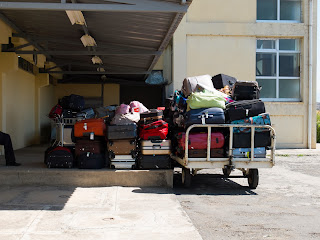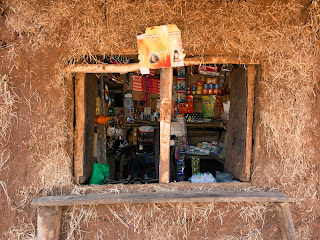Forget Xboxes or PS4s or electricity. If you're a kid looking for a game to play, head out to any street and you'll find a spirited table game. The rec room is outside.
Foosball, ready for action.
Kids playing some sort of shuffle game. A pool table, being renovated.
The foosball game is getting competitive.
A break in a ping pong match.
Foosball, ready for action.
Kids playing some sort of shuffle game. A pool table, being renovated.
A break in a ping pong match.





















































